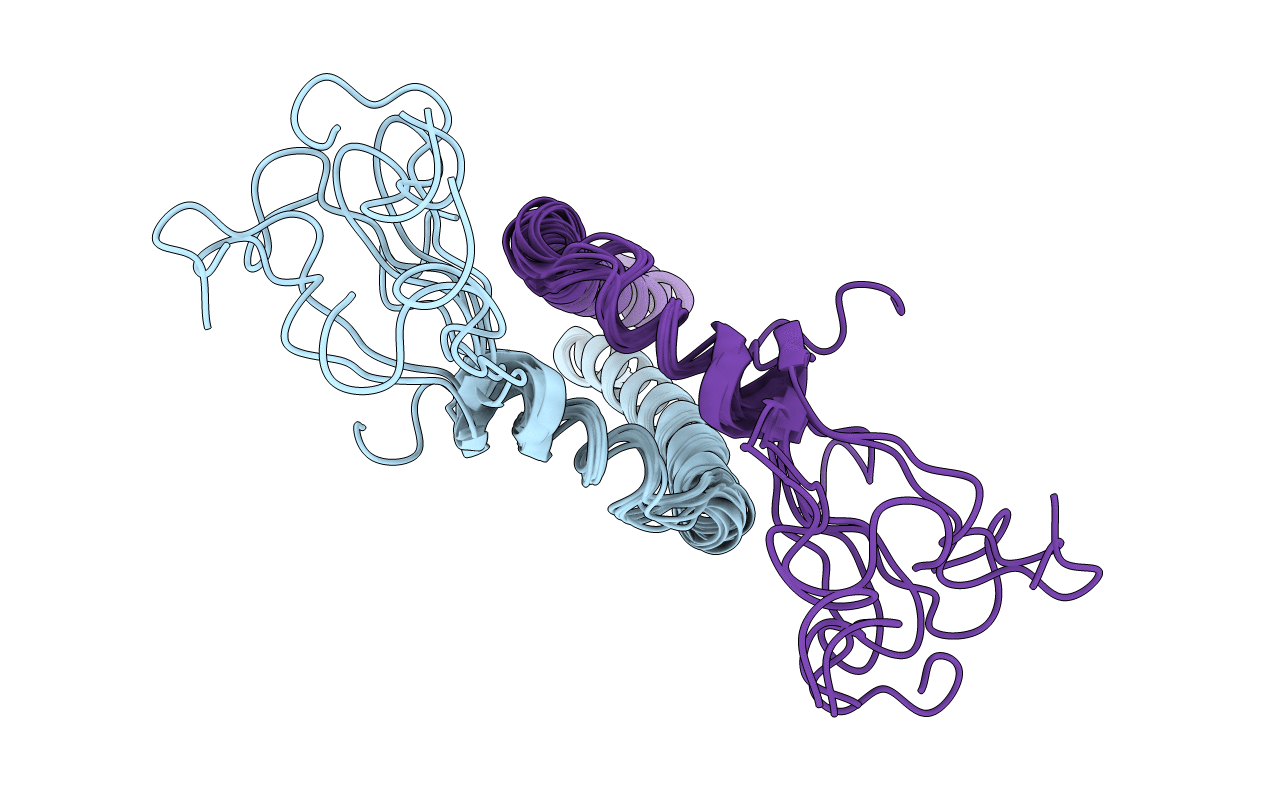
Deposition Date
2012-12-11
Release Date
2013-02-20
Last Version Date
2024-05-01
Entry Detail
PDB ID:
2M20
Keywords:
Title:
EGFR transmembrane - juxtamembrane (TM-JM) segment in bicelles: MD guided NMR refined structure.
Biological Source:
Source Organism:
Homo sapiens (Taxon ID: 9606)
Host Organism:
Method Details:
Experimental Method:
Conformers Calculated:
50
Conformers Submitted:
10
Selection Criteria:
structures with the lowest energy


